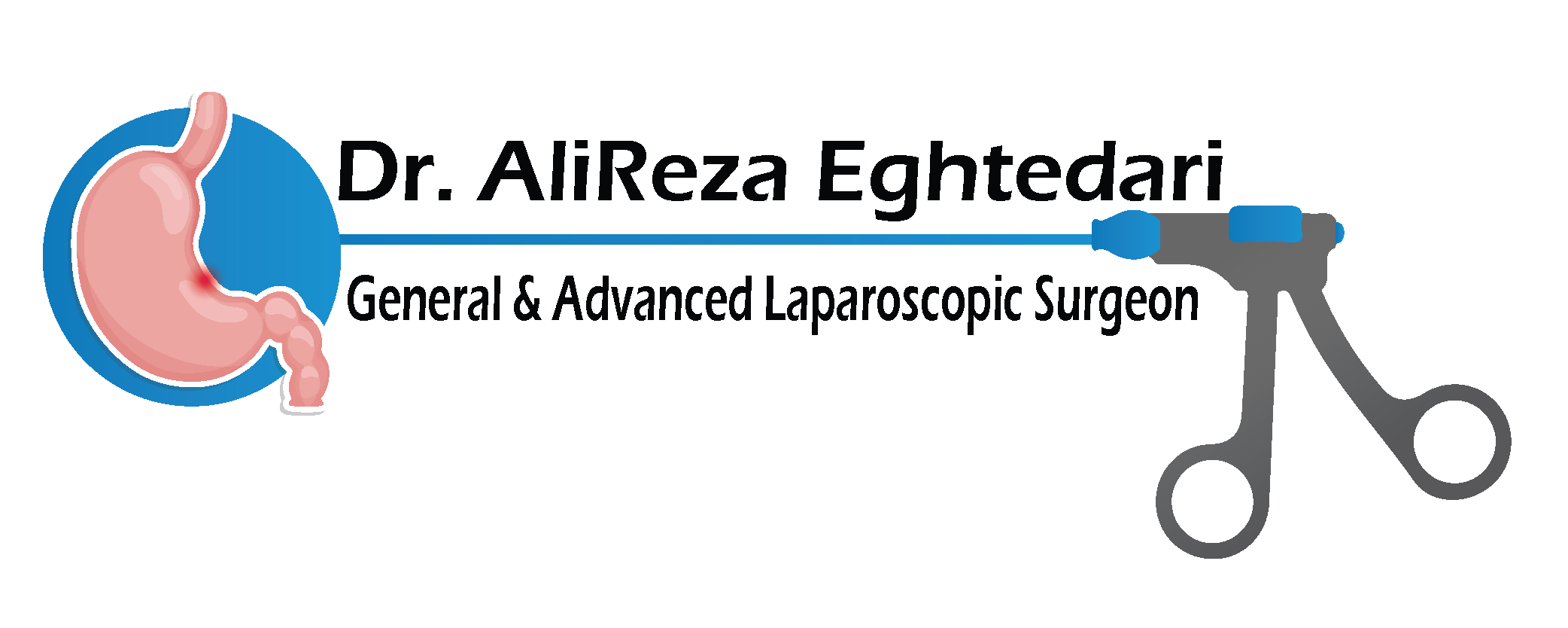An abdominal hernia is defined as a defect in the abdominal wall caused by increased pressure in the abdominal cavity upon the weak points of the wall.
Most frequent hernias are inguinal or groin hernias and ventral hernias which includes umbilical and epigastric hernia and finally incisions hernias which results from the incisions of any previous surgery on the abdomen. Treatment for these conditions is only surgical abdominal wall does not have the capacity of self-repairing.
The technique for repairing groin hernia is different than ventral hernias.
An inguinal or groin hernia we do not usually close the defect we dissect the peritoneal fold [a membrane covering abdominal organs and the wall from inside] anterior to posterior and cover the defect with a mesh[net] which should be at least 15 cm in each dimension or 18 cm in long and 13 cm in width, fixation of mesh is done by glue to avoid chronic pain after which the peritoneal fold is closed back this operation is carrying minimal risk for complication and pain
But ventral hernia or incisions hernia repair is slightly different although the principle of laparoscopic mesh repair remains the same. In ventral/incisions hernia repair we have to dissect any potential adhesions and Midline fat pat in order to increase the friction between the mesh and abdominal wall, after which we close the defect with a very special suture in order to avoid suture looseness in case there is the weakness of other parts of the wall we reconstruct the wall from up to bottom to close the diastasis or widening of Midline for esthetic purposes, usually we insert a mesh which is biocompatible and fix it with absorbable tackers, in rare cases when the defect is less than 1 cm and scrounging tissue is strong enough we may not insert a mesh. Laparoscopic repair of inguinal or ventral hernia leaves 3 small scars only 2 of 5mm and one of 1cm.
This operation carries minimal risk if there were no previous operations and moderate risk if there were one previous surgery and moderate to high risk if there were multiple abdominal surgeries when we think about open surgery.
